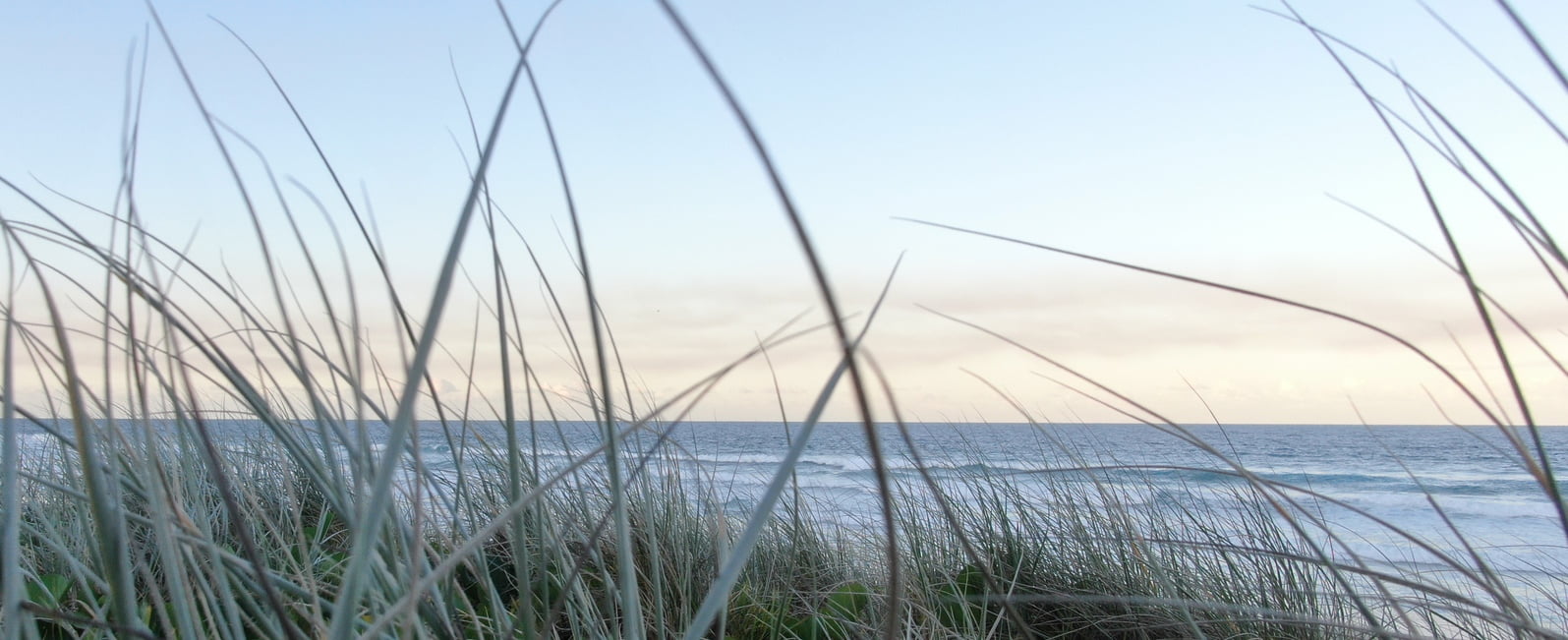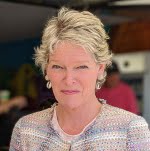I have worked as a scientist more or less continuously since graduating with a Bachelor of Science from the University of Queensland in 1984, so for more than forty years. Most of this time I have worked on contracts variously with government, universities, think tanks and as a company director.
I like problem solving and have trouble thinking within established paradigms. I am published as an entomologist, botanist, ecologist, and in big data and artificial intelligence before it became fashionable. I am also published in international law journals and in climate science.
I am currently the Director at Climate Lab Pty Ltd, working towards a new theory of climate change. I have been published in various climate science journals and books including Advances in Atmospheric Sciences with the Chinese Academy of Science.
I have worked at the University of Queensland, Central Queensland University, and with the Indonesian Bureau of Meteorology. I have managed quarantine facilities in Brisbane, managed a research station in Madagascar for the Queensland Government, and implemented an environmental audit for the Queensland sugar industry.
I was a Senior Fellow at the Melbourne-based think-tank, the Institute of Public Affairs, from 2003 until 2009 and from 2015 until February 2025. I do not have any continuing association or affiliation with the IPA. And it would be incorrect to characterise me as conservative. I am perhaps an old-style feminist. I appreciate that the culture in which I was raised did not give women, for example, the right to vote. We had to fight for it.
I have read a lot of C.G. Jung, who has written extensively on the need for individuals to resist the collective forces of society.
I have also been influenced by the writings of John Ralston Saul who argues that our democracy is only superficially based on the individual. He makes the case that we live at a time where legitimacy increasingly lies with special interest groups, and that decisions are made through constant negotiation between these groups. This is also a strong theme in the work of Robert Reich, particularly his book Saving capitalism for the many not the few. A consequence is the increased dependence on government. Yet it is innovation* that is central to our continued wealth, health and prosperity as Daron Acemoglu and James Robinson explain in a most important book Why Nations Fail – The Origins of Power, Prosperity and Poverty.
I did an interview not so long ago (June 29, 2024), for Unbekoming at Substack. It is now published and it begins:
I’m not exactly sure how I first came across Jennifer’s work, but I’m very glad she agreed to do this interview with me.
Australia’s Great Barrier Reef is one of the most iconic places on earth.
It’s also one of the most heavily politicized Climate Change™ subjects in Australia.
As you will see from this interview, it’s basically impossible for the public to make heads or tails of the subject, as all parties are swimming in unreliable data and the narratives they spawn.
I don’t agree that it is impossible to make ‘head or tail’ of the subject, but I do agree that the topic is complex and there is no simple answer to questions about the current state of the Great Barrier Reef. You can read the full interview here that runs to some 5,000 words, CLICK HERE.
Early years
I was born in Darwin in the Northern Territory of Australia. My parents were farmers at Coomalie Creek near the uranium mine of Rum Jungle. They grew tomatoes and pasture seed, ran buffaloes and cattle. My earliest memories are of wildflowers emerging from ground still charred-black from a bushfire, and swimming with indigenous friends in the billabong just down from our mud-brick home.
I started school at Batchelor, but by second grade Mum and Dad had sold-up, and we left the Northern Territory in a Holden station wagon towing a caravan. After nearly a year of travelling with many months spent in beach front caravan parks, our family moved into a home nestled in the Conondale ranges overlooking the headwaters of the Mary River. That house is now the community centre for the alternative lifestyle village of Crystal Waters. After Conondale, I was sent to Clayfield College, a boarding school in Brisbane, and during school holidays visited my parents in diverse locations mostly overseas. I was later moved to Brisbane Girls’ Grammar school where I completed high school, and then went on to complete a science degree at the University of Queensland majoring in Botany and Entomology.
Career
While at University I had a variety of jobs from interpreter for the Asian Development Bank in Indonesia to ‘bug checker’ on the Darling Downs in Australia. On graduation I was employeed by the Alan Fletcher Research Station, and within a couple of years was running their field station in Toliara in south west Madagascar. The success of the biological control project that I worked on in Madagascar is documented in the book entitled ‘Reclaiming lost provinces: A century of weed biological control in Queensland’ (Queensland Dept of Natural Resources and Mines, 2005).
During the 1990s, I published in Australian and international scientific journals and completed a PhD. In 1997 I took up a position as Environmental Manager for the Queensland sugar industry. It was in this position that I became interested in environmental campaigns and, in particular, anomalies between fact and perception regarding the health of coastal river systems and the Great Barrier Reef.
In 2003, I signed a three year contract with the Institute of Public Affairs (IPA) to work on Murray River issues. My monograph Myth and the Murray: Measuring the Real State of the River Environment is of enduring relevance, and was published within the first six months of that appointment.
I was subsequently the spokesperson for the Myth and the Murray Group, which campaigned in 2011 against the 7.6 kms of sea dyke currently dividing the Murray River’s estuary. I am concerned that both sides of Australian politics have policies that prevent the restoration of this estuary. Furthermore, rather than report with integrity on this issue, the Australian Broadcasting Corporation (ABC) either denies the very existence of the sea dykes, or reports on them with bias and agenda.
After a period living in the Blue Mountains, just to the west of Sydney, I moved to Yeppoon in central Queensland in about 2009, and began working with John Abbot then at Central Queensland University. We initially worked on Great Barrier Reef issues, and after the flooding of Brisbane in 2011 began developing a technique for medium-term monthly rainfall forecasting using artificial neural networks (ANNs), a form of artificial intelligence (AI)/machine learning.
I spent a lot of time during 2018 and 2019 editing a book, Climate Change: The Facts 2020. It has 20 chapters, written by 20 fiercely independent thinkers, who have followed the evidence not the consensus on all things climate change. I try and summarise something of their findings in the Introduction, that has been published online here.
Whistleblower
During 2002-2003, I documented my concerns with the World Wild Fund for Nature (WWF) Save the Reef Campaign including the perverse influence of this campaign on public policy in a long review entitled WWF Says Jump, Governments Ask How High and a short piece for the IPA Review in March 2003 entitled, Deceit in the Name of Conservation.
During 2003-2006, I presented evidence suggesting that some within the Land and Water program at CSIRO had misled the Australian public on Murray River salinity issues. This work featured in a Channel 9 TV documentary with Ross Coulthard Australia’s Salinity Crisis: What Crisis.
My initial interest in global warming was driven by a desire to better understand water issues, and in particular the likely affect of increasing levels of carbon dioxide on Australian rainfall. After attending the 2008 International Conference on Climate Change in New York I was interviewed by Michael Duffy from Australia’s ABC Radio National and discussed the last 10 years of temperature data and also output from NASA Aqua Satellite (Climate Change, Michael Duffy, March 17, 2008). This interview was the focus of an opinion piece by Christopher Pearson in The Australian (Climate facts to warm to, Christopher Pearson, March 22, 2008), which was subsequently picked up by Fox News (Cooling Effect, Brit Hume, March 24, 2008).
It is interesting how quickly the theory of anthropogenic (human-caused) global warming (AGW) has come to dominate climate science, despite its evident lack of practical utility, and in particular the absence of any measurable improvement in the skill of rainfall and snowfall forecasts. This, despite an extraordinary investment in General Circulation Models (GCMs), which are a form of simulation modeling. I’m continually reminded of the Thomas Kuhn quote: “As in manufacture so in science, retooling is an extravagance to be reserved for the occasion that demands it.” Perhaps this time has arrived, thus my interest in ANNs.
*****************************
* Daron Acemogulo and James Robinson’s important book explains that sustained economic growth requires innovation, and that innovation cannot be decoupled from creative destruction whereby established ways of doing things are replaced by different and better methods.
We generally think of innovation as being technological, for example the invention of the printing press in the 1430s. Such innovations often result in dramatic social change. In the case of the printing press, suddenly there was an efficient way of replicating knowledge – it became harder to control the information available to the masses with far reaching political implications.
Since the printing press, there have been many other inventions that have dramatically improved our quality of life including the invention of the steam engine in 1712, the telephone in 1876, penicillin in 1928 and personal computing as recently as the 1970s. Today more people are living longer, healthier and more connected lives thanks to these and other innovations. But when we consider the history of any single invention we find that it rarely emerged easily – rather there is often confusion, followed by resistance.
The history of innovation (and science) would suggest that only when there is opportunity for competition do new and superior technologies emerge. This does not bode well for the adoption of Artificial Intelligence (AI) for weather and climate forecasting because most forecasting is done by government-funded monopolies wedded to simulation modelling and a particular paradigm that privileges/favours particular energy sources. And they have successfully repeatedly crushed my attempts to commercialise in this space, despite an initial contract with the Queensland University of Technology and interest from the Indonesian Bureau of Meteorology.
To be clear, achieving change when it comes to the tools currently used for weather and climate forecasting has the added complication that simulation modelling is integral to demonstrating anthropogenic global warming, while AI relies on assumptions about the continued existence of natural climate cycles.

 Jennifer Marohasy BSc PhD is a critical thinker with expertise in the scientific method.
Jennifer Marohasy BSc PhD is a critical thinker with expertise in the scientific method.
